Home>Maintenance & Safety>Child & Elderly Safety at Home>What Is The Purpose Of A Booster Seat
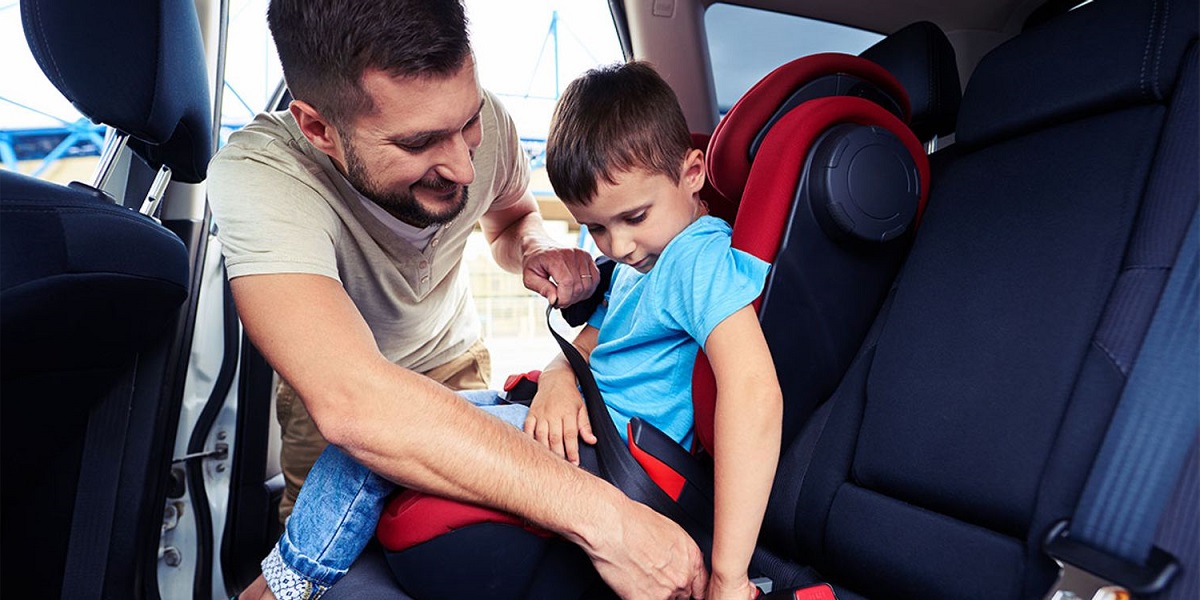

Child & Elderly Safety at Home
What Is The Purpose Of A Booster Seat
Modified: February 29, 2024
Discover the importance of booster seats for child and elderly safety at home. Learn how these seats provide essential protection and support for vulnerable individuals.
(Many of the links in this article redirect to a specific reviewed product. Your purchase of these products through affiliate links helps to generate commission for Storables.com, at no extra cost. Learn more)
Introduction
When it comes to safeguarding our little ones and elderly family members, creating a secure environment within the home is paramount. One essential aspect of this safety protocol is the use of booster seats. These seats are not just another piece of child or elderly equipment; they play a crucial role in ensuring the safety and protection of our loved ones during car journeys and at home.
Booster seats are specifically designed to elevate the child or elderly person to the correct height, allowing the seat belt to fit snugly across their body. This positioning is vital in the event of a sudden stop or collision, as it minimizes the risk of injury by distributing the force of impact across the strongest parts of the body. Without a booster seat, the seat belt may ride up onto the abdomen or neck, increasing the likelihood of severe injury in the event of a crash.
In this comprehensive guide, we will delve into the purpose and significance of booster seats, shedding light on their role in ensuring the safety and protection of children and elderly individuals. We will explore the proper positioning of booster seats, the legal requirements surrounding their use, and the transition to seat belt-only arrangements as children grow. By the end of this article, you will have a thorough understanding of the importance of booster seats and their indispensable role in safeguarding our most vulnerable passengers.
Key Takeaways:
- Booster seats elevate and position children and elderly for safer car journeys, reducing injury risk by ensuring seat belts fit snugly across their bodies.
- Legal requirements and proper positioning are crucial for booster seat safety, and transitioning to seat belt-only usage marks a significant developmental milestone for children.
Read more: What Is A Booster Seat
Safety and Protection
Ensuring the safety and protection of our little ones and elderly family members is a top priority. Booster seats play a pivotal role in this endeavor, providing a secure and stable platform for children and elderly individuals during car journeys and at home.
The primary purpose of a booster seat is to elevate the child or elderly person to the correct height, enabling the seat belt to fit properly across their body. This positioning is crucial for their safety, as it ensures that the seat belt rests across the strongest parts of their body, such as the collarbone and hips. In the event of a sudden stop or collision, this proper positioning helps distribute the force of impact, reducing the risk of injury.
Without a booster seat, seat belts may not fit correctly, leading to potential safety hazards. For children, the seat belt may ride up onto the abdomen or neck, increasing the risk of severe injury in the event of a crash. Similarly, elderly individuals may face discomfort and potential injury if the seat belt does not fit properly.
Booster seats are designed to address these safety concerns by providing a raised seating position that allows the seat belt to function as intended. By securing the seat belt across the child or elderly person's body at the correct height, booster seats significantly enhance their safety and protection during car journeys.
Moreover, booster seats are equipped with features such as side-impact protection and energy-absorbing foam to provide an additional layer of safety. These features are designed to mitigate the impact of a collision and reduce the risk of injury, further emphasizing the critical role of booster seats in ensuring the safety and protection of young passengers and elderly family members.
In essence, booster seats serve as a vital safety measure, offering a secure and stable seating arrangement that is specifically tailored to the needs of children and elderly individuals. By providing the necessary elevation and proper positioning for seat belt use, booster seats play a fundamental role in safeguarding our most vulnerable passengers, thereby promoting a safe and secure environment for car travel and everyday activities.
Proper Positioning
Proper positioning is a critical aspect of booster seat usage, as it directly impacts the safety and protection of children and elderly individuals during car journeys. The primary purpose of a booster seat is to elevate the child or elderly person to the correct height, allowing the seat belt to fit snugly across their body. This positioning is essential for ensuring that the seat belt rests across the strongest parts of their body, such as the collarbone and hips, in the event of a sudden stop or collision.
When positioning a child in a booster seat, it is important to ensure that the lap belt lies low across the hips, touching the upper thighs, and that the shoulder belt crosses the chest and collarbone without touching the neck. This proper alignment of the seat belt helps distribute the force of impact in the event of a crash, reducing the risk of injury to the child's vulnerable areas.
For elderly individuals, proper positioning in a booster seat is equally crucial. As aging adults may have different physical needs and considerations, it is essential to select a booster seat that provides adequate support and comfort. Ensuring that the seat belt fits correctly across the elderly person's body, without causing discomfort or restricting movement, is paramount for their safety and well-being during car journeys.
In addition to the correct placement of the seat belt, the booster seat itself must be securely installed in the vehicle. Following the manufacturer's guidelines for installation and usage is imperative to maintain the integrity of the booster seat's safety features. This includes securing the booster seat with the vehicle's seat belt or LATCH system, depending on the specific model and design.
Furthermore, it is essential to periodically assess and adjust the positioning of the booster seat as the child or elderly individual grows or experiences changes in physical stature. Regularly checking the fit of the seat belt and ensuring that the booster seat accommodates the passenger's size and weight are essential for maintaining optimal safety and protection.
By prioritizing proper positioning in booster seat usage, caregivers and family members can significantly enhance the safety and well-being of children and elderly individuals during car journeys. This attention to detail and commitment to ensuring the correct alignment of the seat belt and the secure installation of the booster seat contribute to a safe and comfortable travel experience for the most vulnerable passengers.
In essence, proper positioning in booster seat usage is a fundamental element in creating a secure and protective environment for children and elderly individuals during car travel, underscoring the indispensable role of booster seats in promoting safety and well-being.
A booster seat is designed to elevate a child so that the seat belt fits properly across their body. This helps to protect them in the event of a car accident. Always follow the height and weight guidelines for using a booster seat.
Legal Requirements
In addition to their critical role in ensuring the safety and protection of children and elderly individuals, booster seats are subject to specific legal requirements that mandate their usage in various jurisdictions. These legal provisions are designed to uphold safety standards and mitigate the risk of injury for young passengers and elderly family members during car journeys.
The legal requirements surrounding booster seat usage typically revolve around age, weight, and height specifications for children, as well as considerations for elderly individuals. These regulations are established to ensure that children and elderly passengers are provided with the necessary protection and support while traveling in vehicles.
In many regions, the law mandates the use of booster seats for children below a certain age, weight, or height. These criteria are based on extensive research and safety standards, aiming to address the unique vulnerabilities of young passengers and elderly individuals during car journeys. By adhering to these legal requirements, caregivers and family members can actively contribute to the safety and well-being of their young and elderly passengers.
Furthermore, legal provisions often outline the specific positioning and usage guidelines for booster seats, emphasizing the importance of proper installation and secure harnessing. These guidelines are instrumental in ensuring that booster seats are utilized in a manner that maximizes their safety benefits and minimizes the risk of injury in the event of a collision or sudden stop.
It is essential for caregivers and family members to familiarize themselves with the legal requirements pertaining to booster seat usage in their respective regions. By staying informed about these regulations, they can proactively comply with the law and prioritize the safety of their young passengers and elderly family members during car travel.
Moreover, understanding the legal framework surrounding booster seat usage enables caregivers and family members to make informed decisions when selecting and installing booster seats. By aligning with the legal requirements, they can ensure that the chosen booster seat meets the necessary safety standards and provides the optimal protection for their young and elderly passengers.
In essence, the legal requirements pertaining to booster seat usage serve as a crucial framework for promoting the safety and well-being of children and elderly individuals during car journeys. By adhering to these regulations, caregivers and family members play an active role in creating a secure and protective environment for their most vulnerable passengers, thereby upholding the paramount importance of booster seats in safeguarding young and elderly individuals.
Transition to Seat Belt Only
As children grow and reach developmental milestones, there comes a time when they outgrow the need for a booster seat and transition to using the seat belt alone. This transition marks a significant progression in their physical development and signifies the attainment of the necessary height and weight to safely utilize the vehicle's seat belt without the aid of a booster seat.
The decision to transition to seat belt-only usage should be based on the child's readiness and fulfillment of specific criteria outlined by safety experts and legal regulations. Typically, this transition occurs when the child reaches a height of around 4 feet 9 inches, which is considered the minimum height requirement for safe seat belt usage. Additionally, the child's weight and physical build play a crucial role in determining their readiness to transition to using the seat belt without a booster seat.
It is essential for caregivers and family members to carefully assess the child's physical development and ensure that they meet the established criteria for transitioning to seat belt-only usage. This includes evaluating the proper positioning of the seat belt across the child's body, with the lap belt resting low across the hips and the shoulder belt crossing the chest and collarbone without touching the neck. By confirming that the seat belt fits correctly and securely without the need for a booster seat, caregivers can facilitate a smooth and safe transition for the child.
Moreover, educating the child about the importance of seat belt safety and demonstrating the correct way to wear the seat belt is crucial during this transition period. By instilling a sense of responsibility and awareness regarding seat belt usage, caregivers can empower the child to independently utilize the seat belt and prioritize their safety during car journeys.
As the child transitions to using the seat belt alone, it is imperative to continue emphasizing the significance of proper seat belt positioning and adherence to safety guidelines. Regularly reinforcing these principles and conducting periodic checks to ensure that the seat belt fits correctly across the child's body are essential for maintaining their safety and well-being.
In essence, the transition to seat belt-only usage represents a significant milestone in a child's development, signifying their readiness to utilize the vehicle's seat belt without the aid of a booster seat. By carefully assessing the child's physical readiness, providing education on seat belt safety, and ensuring proper seat belt positioning, caregivers can facilitate a seamless and safe transition for the child, promoting their continued safety and well-being during car journeys.
Read more: What Are The Requirements For A Booster Seat
Conclusion
In conclusion, booster seats play a pivotal role in ensuring the safety and protection of children and elderly individuals during car journeys and everyday activities. These specially designed seats provide the necessary elevation and proper positioning for seat belt use, significantly enhancing the safety and well-being of young passengers and elderly family members.
The fundamental purpose of a booster seat is to elevate the child or elderly person to the correct height, allowing the seat belt to fit snugly across their body. This positioning is essential for distributing the force of impact in the event of a sudden stop or collision, reducing the risk of injury to vulnerable areas. By providing a secure and stable platform for children and elderly individuals, booster seats serve as a vital safety measure, promoting a safe and comfortable travel experience.
Proper positioning in booster seat usage is a critical element in creating a secure and protective environment for children and elderly individuals during car travel. Ensuring that the seat belt aligns correctly across the body and that the booster seat is securely installed contributes to the overall safety and well-being of the passengers. By prioritizing proper positioning, caregivers and family members actively enhance the safety and protection of their loved ones.
Furthermore, legal requirements surrounding booster seat usage are instrumental in upholding safety standards and mitigating the risk of injury for young passengers and elderly family members. By adhering to these regulations and staying informed about the specific criteria for booster seat usage, caregivers and family members play an active role in creating a secure and protective environment for their most vulnerable passengers.
The transition to seat belt-only usage marks a significant milestone in a child's development, signifying their readiness to utilize the vehicle's seat belt without the aid of a booster seat. By carefully assessing the child's physical readiness and providing education on seat belt safety, caregivers can facilitate a seamless and safe transition, promoting the child's continued safety and well-being during car journeys.
In essence, booster seats are indispensable safety devices that prioritize the well-being of children and elderly individuals. By providing the necessary elevation, proper positioning, and adherence to legal requirements, booster seats contribute to a secure and protective environment, ensuring the safety and protection of our most vulnerable passengers.
Frequently Asked Questions about What Is The Purpose Of A Booster Seat
Was this page helpful?
At Storables.com, we guarantee accurate and reliable information. Our content, validated by Expert Board Contributors, is crafted following stringent Editorial Policies. We're committed to providing you with well-researched, expert-backed insights for all your informational needs.
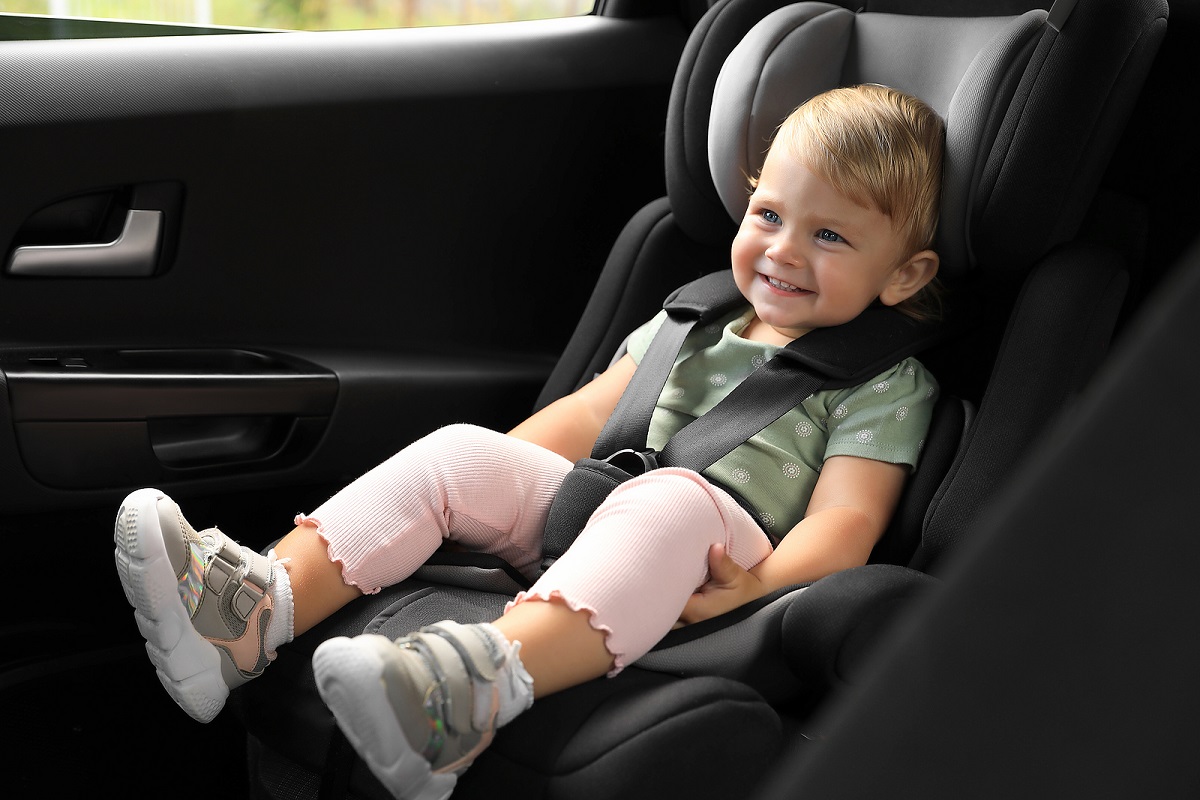
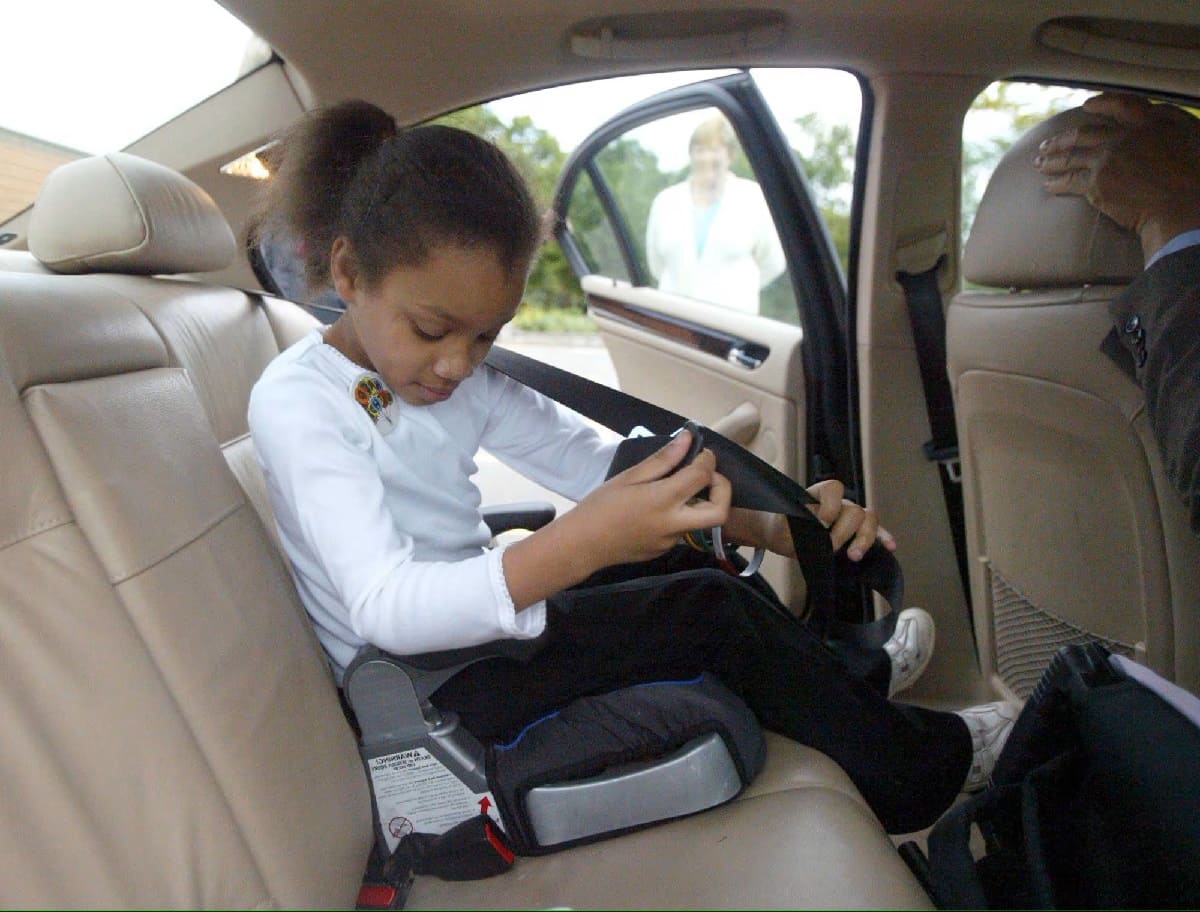
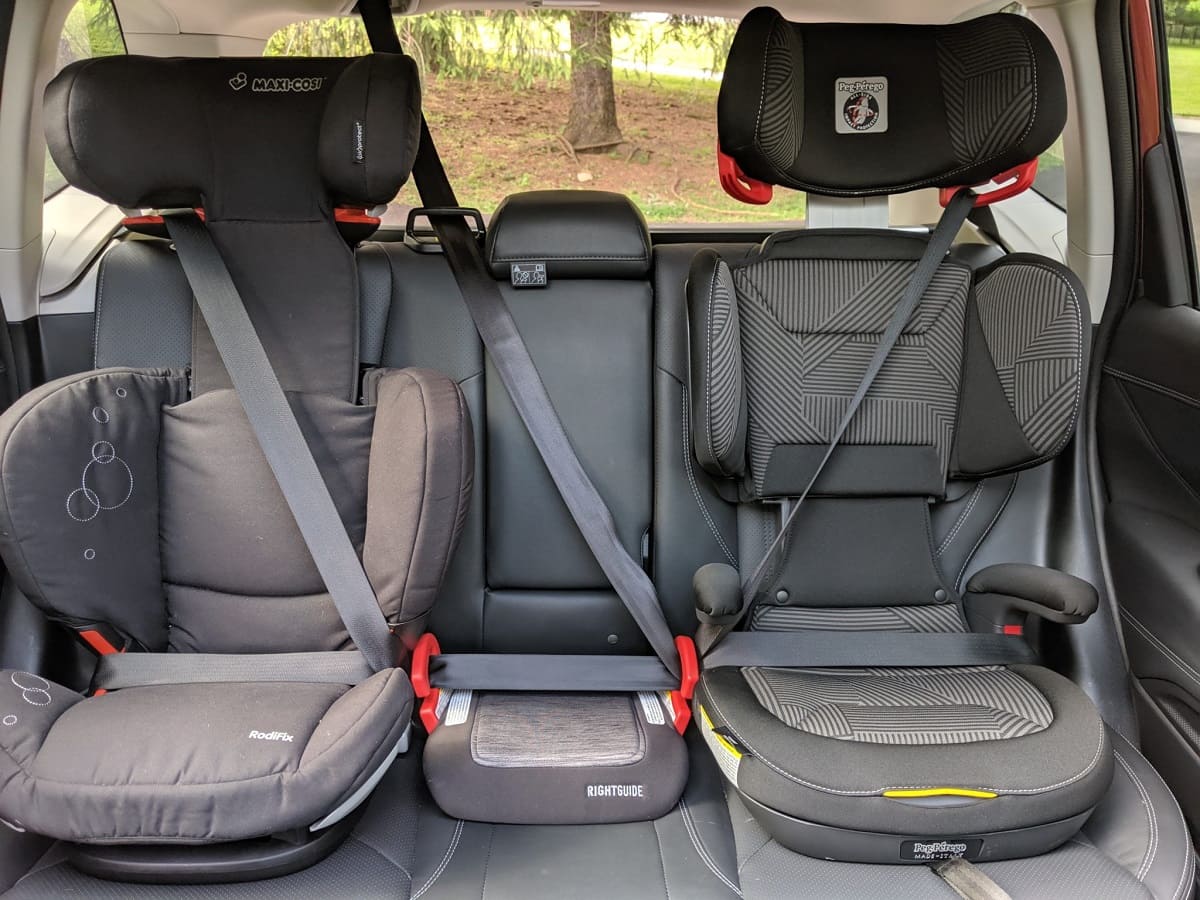
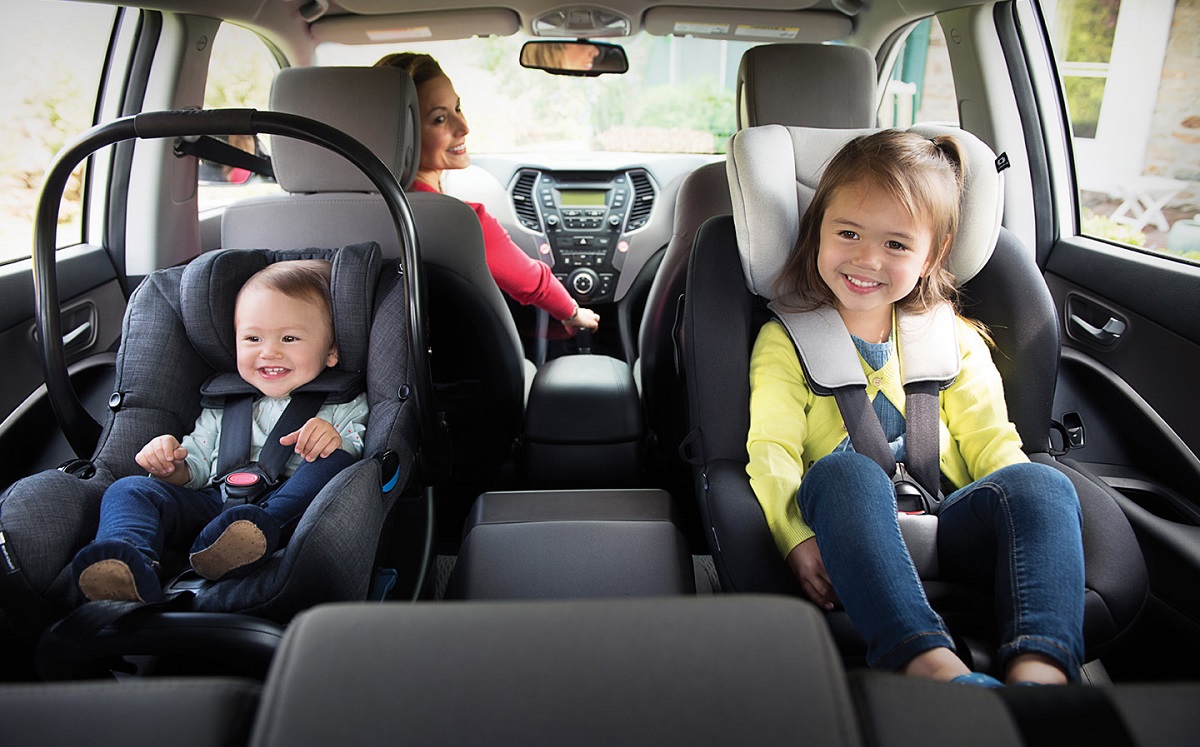
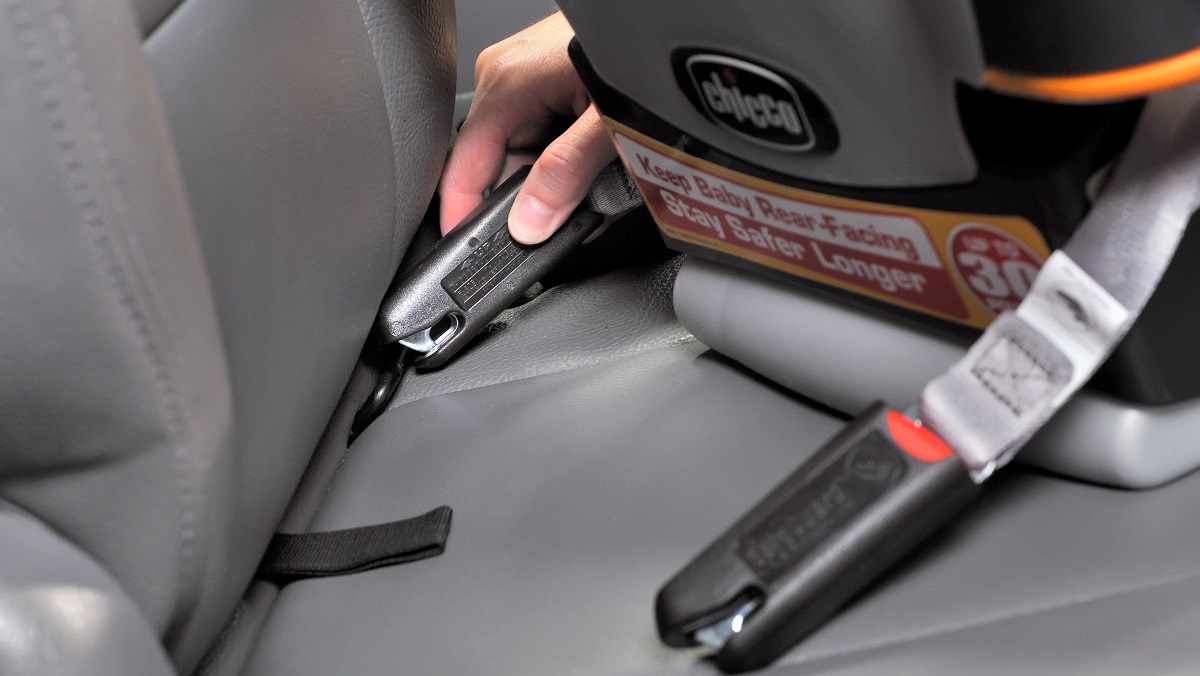
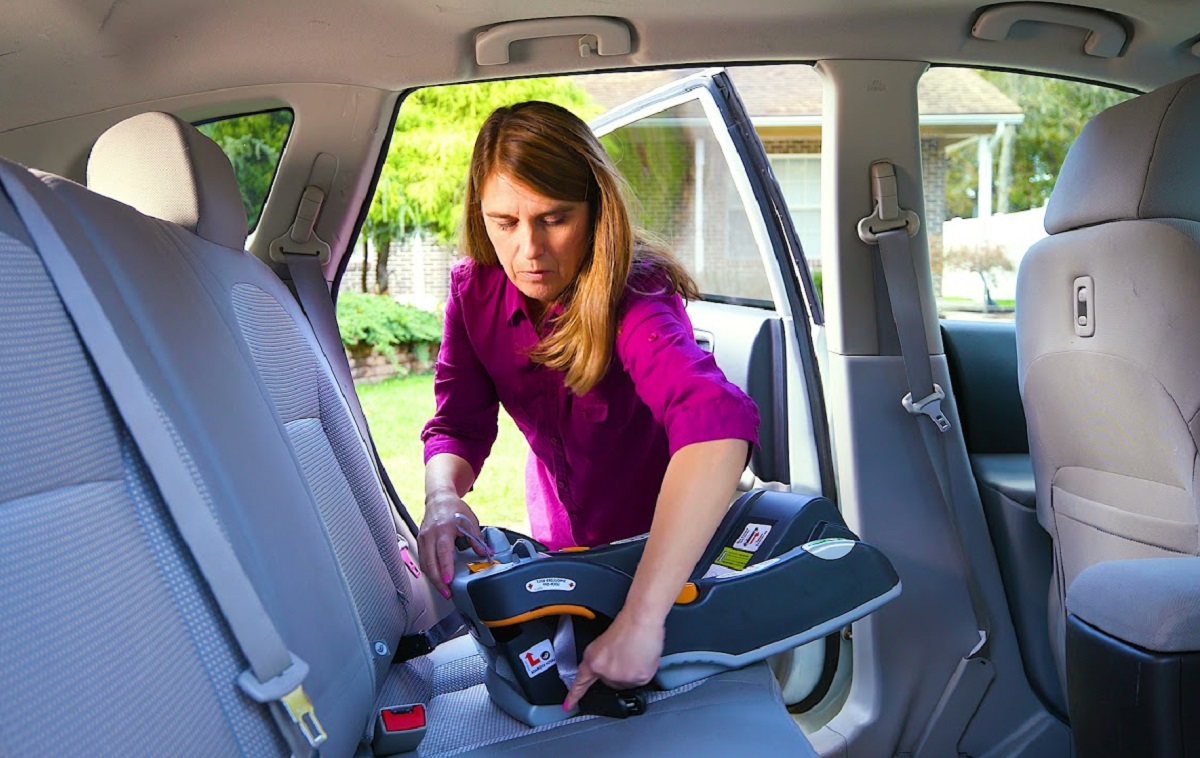
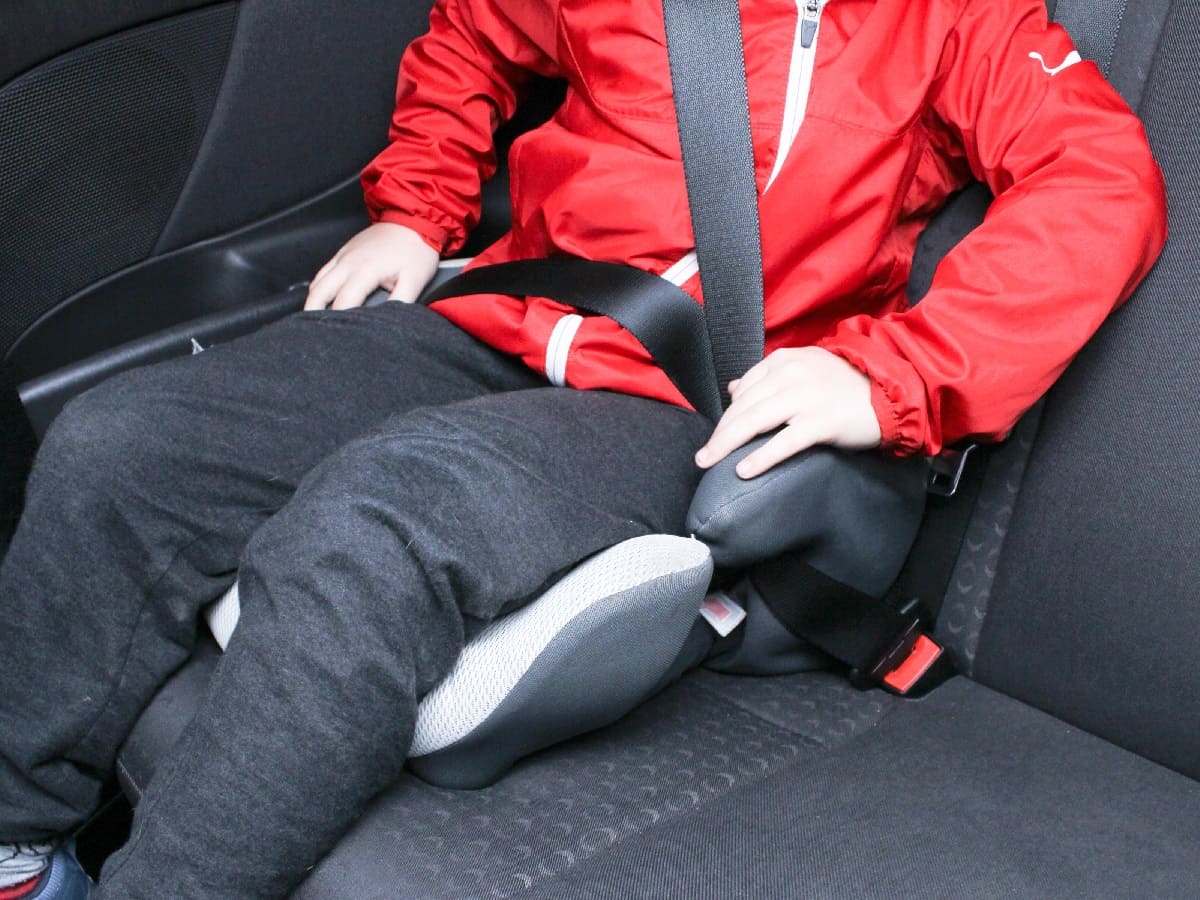
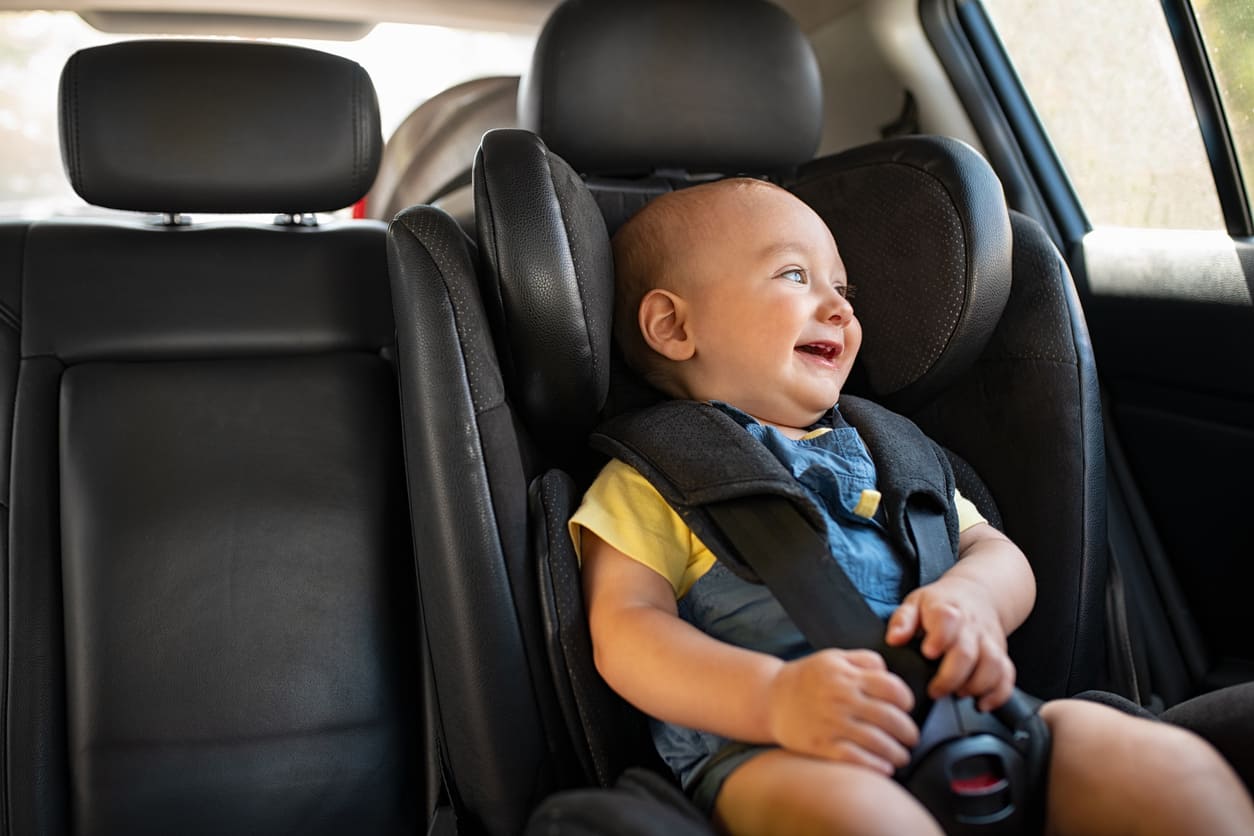
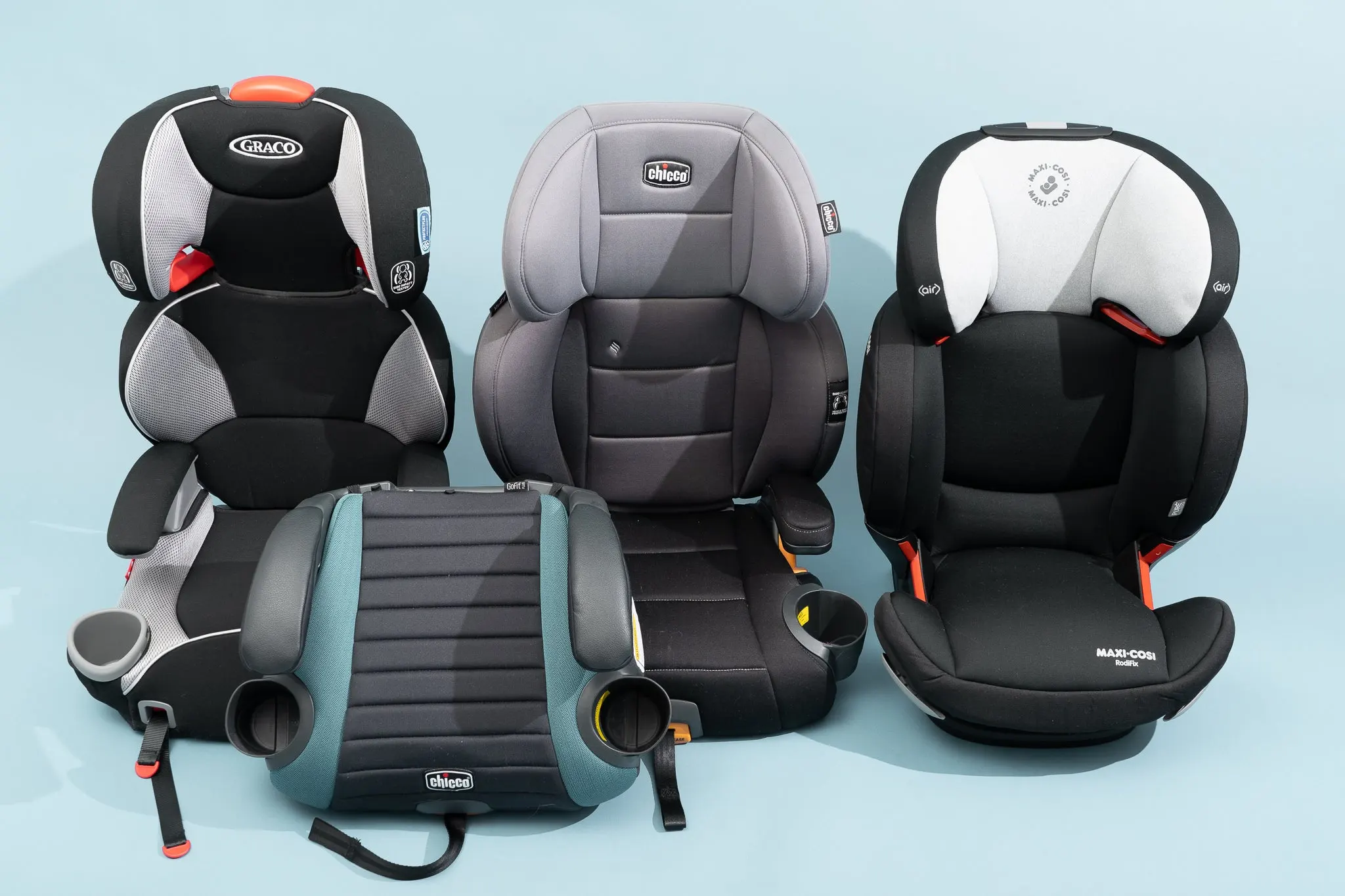

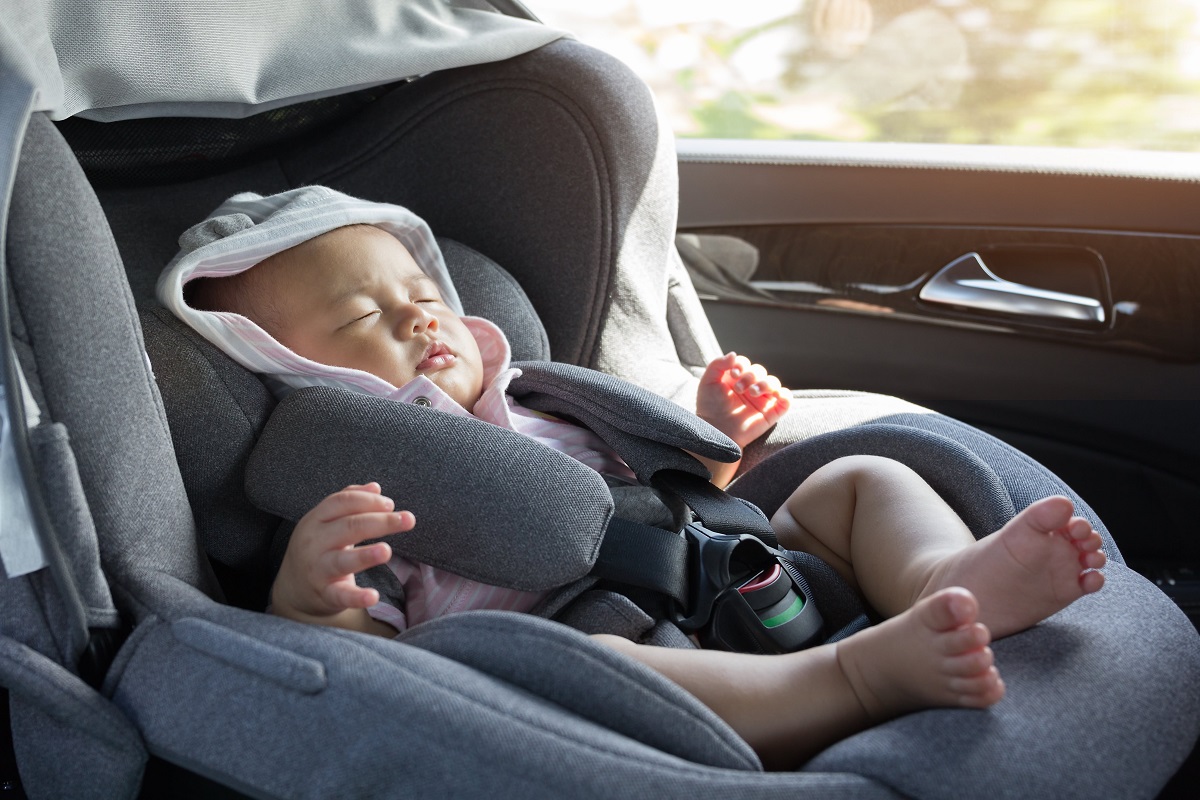
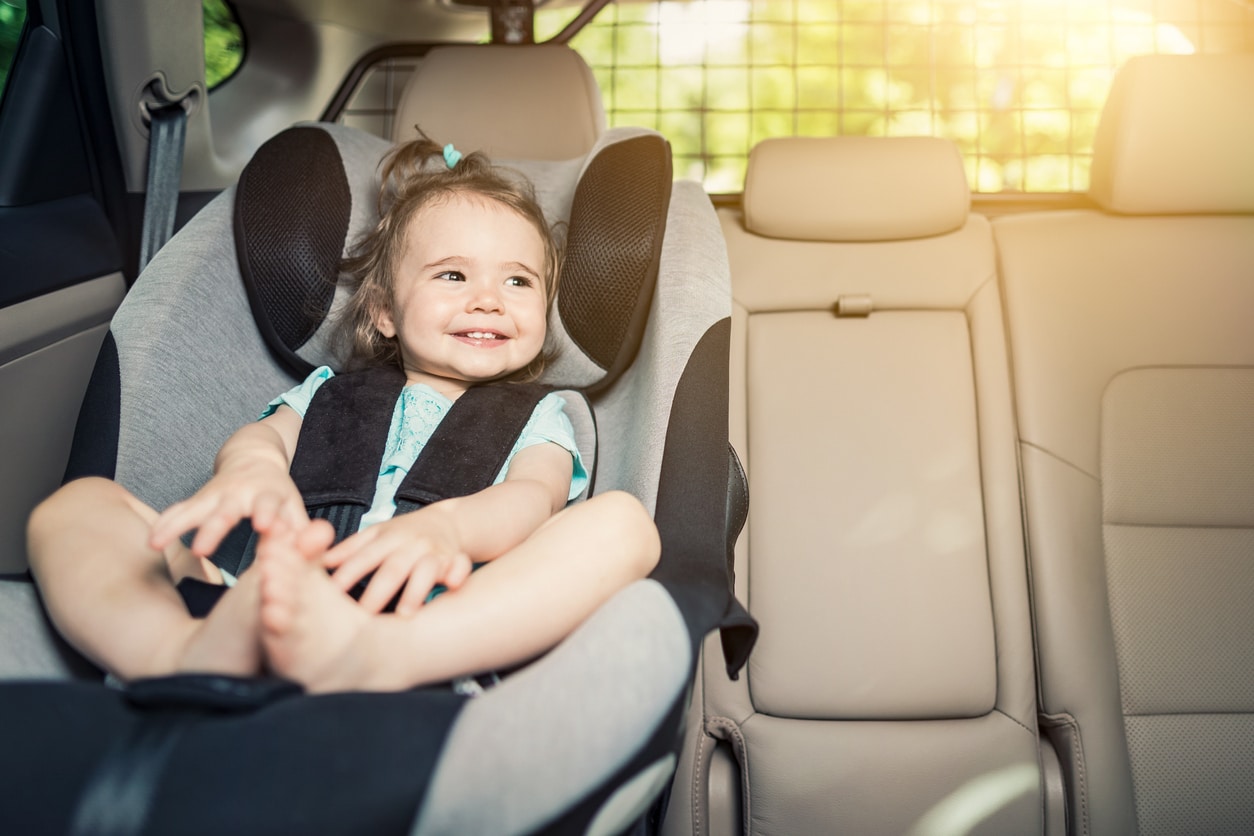



0 thoughts on “What Is The Purpose Of A Booster Seat”